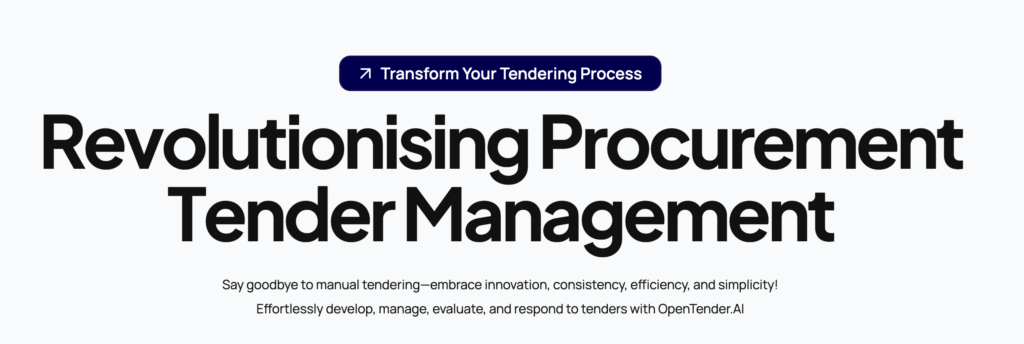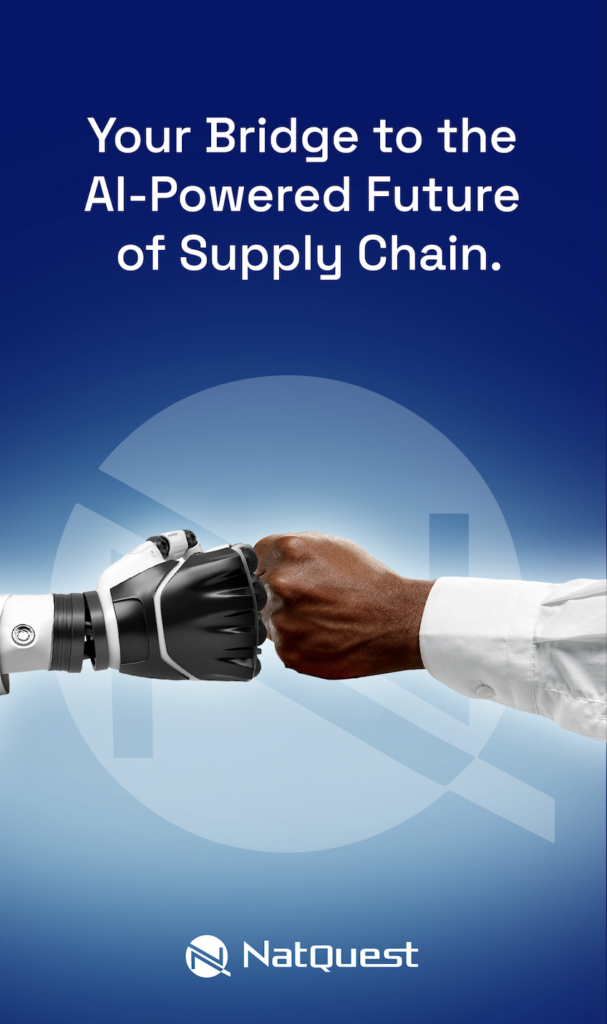NatQuest SCM Genius Network team, 7th April 2025
In the age of digital economy and acceleration, businesses are progressively investing in cloud-native technologies to enhance agility, scalability, and competitive advantage. Central to this transformation is DevOps—an integrative approach that amalgamates software development and IT operations to facilitate swift deployment cycles and continuous innovation.
However, a significant operational misalignment has arisen—one that executive leadership frequently overlooks. While DevOps teams function at accelerated velocities, adopting modular architectures and on-demand infrastructures, cloud contract management largely remains ensconced within traditional procurement frameworks.
This disjunction between technical execution and commercial governance introduces a latent impediment to transformation initiatives. It manifests in avoidable cost inefficiencies, compliance deficiencies, and prolonged time-to-value for cloud investments.
To address this issue, organisations must embrace a new operational paradigm—one that synergises agile development with an intelligent procurement strategy, underpinned by on-demand commercial expertise.
The Foundation of Agile Technology Delivery
DevOps represents a cultural and operational shift in software delivery. By unifying development (Dev) and operations (Ops), it enables enterprises to deliver software updates, deploy features, and respond to customer demands at unprecedented speed.
Key attributes of DevOps include:
- Continuous integration and deployment (CI/CD)
- Infrastructure-as-code (IaC)
- Automated testing and monitoring
- Rapid iteration cycles
These capabilities reduce release timelines from months to hours, facilitating business agility. Yet this speed and flexibility are not reflected in the contractual mechanisms governing cloud consumption.

The Cloud Contracting Challenge: A Silent Bottleneck
The transition from traditional IT infrastructure to cloud-native platforms fundamentally alters how technology is acquired, priced, and managed.
Instead of owning infrastructure or licences, organisations now subscribe to a complex matrix of usage-based, consumption-driven services. These include:
- Infrastructure-as-a-Service (IaaS)
- Platform-as-a-Service (PaaS)
- Software-as-a-Service (SaaS)
- API-based microservices
While cloud consumption can scale instantly, contractual frameworks often lag behind, characterised by:
- Static master service agreements (MSAs)
- Annual licensing commitments
- Manual procurement reviews
- Generic or outdated service-level agreements (SLAs)
This misalignment introduces operational and financial risks:
- Cost Overruns: Limited visibility into real-time usage often leads to overspending or underutilisation.
- Compliance Vulnerabilities: Contracts may lack the granularity required for regulatory alignment (e.g., data sovereignty, cybersecurity).
- Innovation Constraints: Engineering teams may delay adoption of critical tools due to procurement delays or contract ambiguity.
Strategic Gap Analysis: Where Capability Falls Short
The following areas illustrate the most common gaps between DevOps delivery and procurement oversight:
| Capability Area | Observed Deficiency |
| Commercial Transparency | Lack of visibility into entitlements, pricing tiers, and overages |
| Workflow Integration | Procurement and legal teams operate independently of DevOps cycles |
| Risk Management | Insufficient oversight of contractual obligations and regulatory risks |
| Specialised Expertise | Limited internal knowledge of cloud licensing, pricing, and vendor SLAs |
Bridging these gaps is not simply a matter of adjusting policies—it requires embedding procurement intelligence within the software delivery process.
On-Demand Procurement Expertise
Traditional procurement functions were not designed to support dynamic, high-frequency cloud procurement models. To address this, leading organisations are turning to on-demand networks of specialist expertise that can be embedded into digital product teams.
One such platform is NatQuest SCM Genius Network, which provides targeted access to:
- Cloud contract optimisation professionals
- Digital procurement strategists
- Legal advisors with cloud-native contract knowledge
These experts do not replace internal teams. Instead, they operate in parallel, offering fractional support at critical junctures—contract review, SLA negotiation, vendor rationalisation, and compliance alignment.
This flexible, project-based model aligns with the very nature of cloud operations: elastic, scalable, and outcome-focused.
Characteristics of Modern Cloud Contract Management
An evolved, DevOps-aligned cloud contract strategy should include the following capabilities:
| Capability | Strategic Benefit |
| Real-Time Usage-to-Spend Insight | Enables proactive budget management and cost optimisation |
| Modular Contract Frameworks | Supports scale-out consumption without renegotiating entire agreements |
| Performance-Driven SLAs | Aligns service expectations with business-critical application needs |
| Integrated Risk Controls | Ensures data governance and compliance are embedded into workflows |
| On-Demand Contract Expertise | Delivers expert intervention without full-time resource commitment |
This model ensures that the speed of innovation is matched by the sophistication of commercial governance.
Strategic Imperative: Procurement as a Digital Enabler
According to Gartner, more than 70% of cloud spending is wasted or misallocated due to poor contract oversight and underutilisation. In an economic environment demanding cost discipline and ROI accountability, this inefficiency is unsustainable.
Moreover, with tightening global regulations around data privacy, digital sovereignty, and ethical sourcing, the contract has become a strategic control point—not just a legal formality.
By embedding commercial expertise into DevOps cycles, organisations can:
- De-risk transformation programmes
- Optimise cloud ROI
- Accelerate vendor onboarding
- Improve auditability and transparency
This transition repositions procurement from a cost gatekeeper to a strategic enabler of innovation and growth.
The Emerging Model: DevSecProcOps
Just as DevOps evolved into DevSecOps by integrating cybersecurity into development lifecycles, the next progression is DevSecProcOps—the alignment of development, security, and procurement in a cohesive, agile framework.
This integrated model ensures that:
- Code is written, secured, and deployed in tandem with contractual guardrails
- Vendor decisions are made with both technical and commercial insight
- Compliance is built into the deployment pipeline—not retrofitted after the fact
Such convergence represents not only an operational best practice, but a competitive differentiator in industries where time-to-market and trust are paramount.
Conclusion
The gap between DevOps and cloud contract management is not merely a technical oversight—it is a strategic blind spot. If left unaddressed, it will continue to erode value from cloud investments, increase regulatory exposure, and stall innovation.
Business leaders must act decisively to realign procurement strategy with digital execution. This entails:
- Investing in agile commercial frameworks
- Integrating procurement into product and platform teams
- Leveraging on-demand experts to augment capability and control
By adopting platforms such as NatQuest SCM Genius Network, businesses can confidently handle complexities—turning procurement into a proactive, smart operation that fosters growth, safeguards value, and speeds up transformation.

References
- Gartner (2023). Top Trends in Cloud Management and Cost Optimisation
- McKinsey & Co. (2022). Cloud’s Trillion-Dollar Prize Is Up for Grabs
- Puppet (2023). State of DevOps Report
- Forrester (2023). The Total Economic Impact™ of Agile Procurement
- Harvard Business Review (2022). Agile Isn’t Just for Tech Anymore
- IDC (2024). Future of Digital Infrastructure: Cloud Strategy and Cost Efficiency




